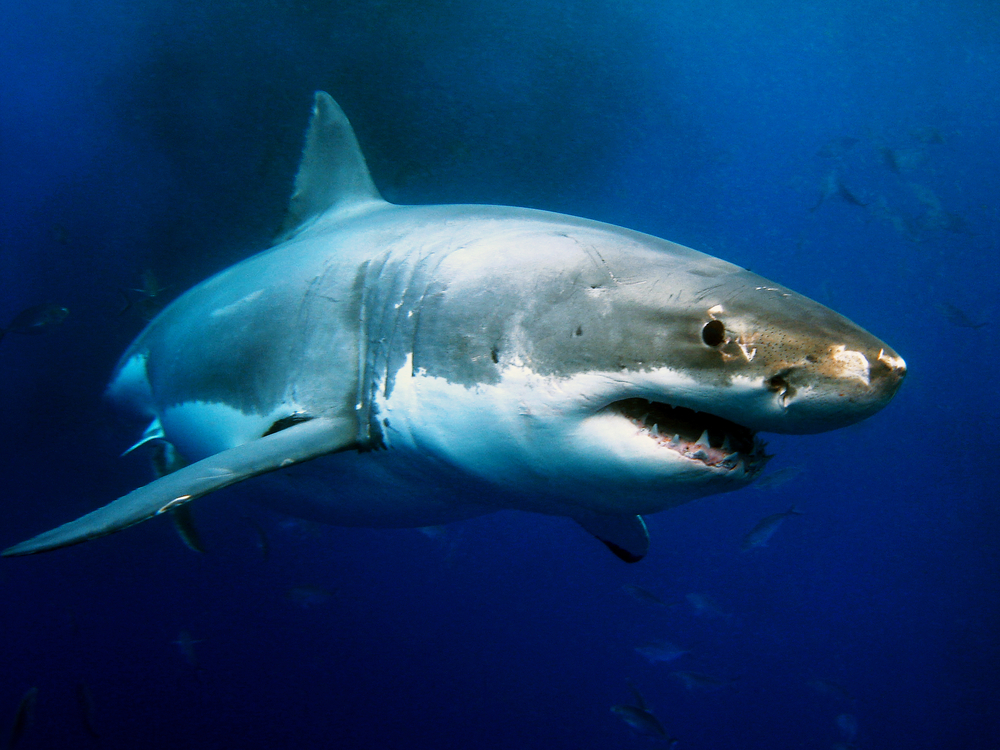Sharks have captured human imagination for centuries, often as symbols of power and fear. Yet behind the sharp teeth and sleek bodies lies a story of survival, adaptation, and ecological importance. With more than 500 species found across the globe, sharks range from giants that filter-feed to tiny species that can glow in the dark. Many of their traits are so unique that even seasoned ocean lovers are surprised by them. Here are 15 incredible shark facts you probably didn’t know, explained in detail.
1. Sharks Have Been Around Longer Than Trees
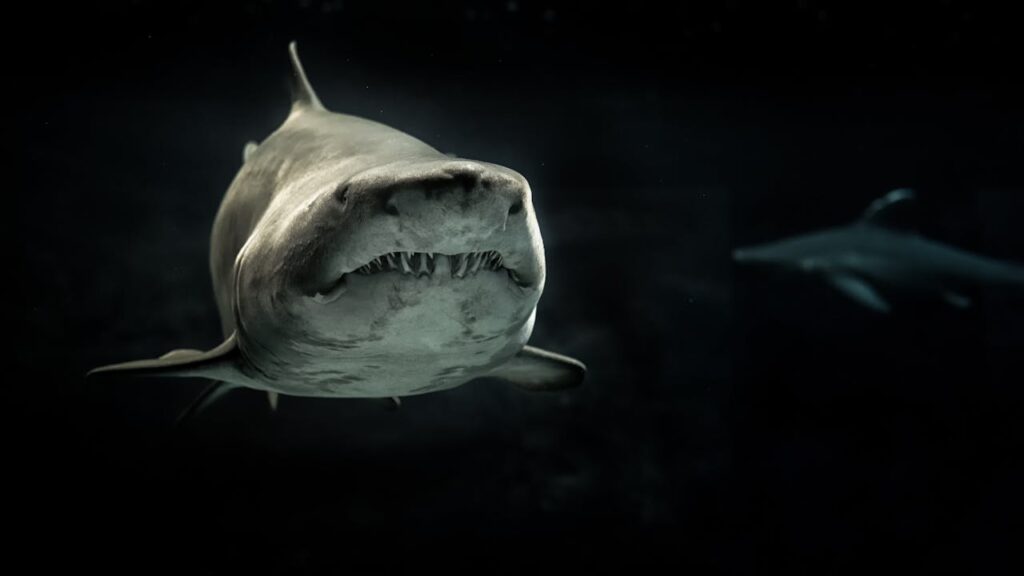
Sharks are among the oldest living vertebrates on Earth, with fossils dating back over 400 million years. This makes them older than trees, which only appeared around 350 million years ago. During this vast stretch of time, sharks have survived five mass extinctions, including the one that wiped out the dinosaurs. Their ability to adapt to different ocean conditions has ensured their survival across changing climates and shifting continents. Today, sharks remain a vital part of marine life, still shaped by the same resilience that helped their ancestors endure.
2. They Have an Extra Sense Called Electroreception
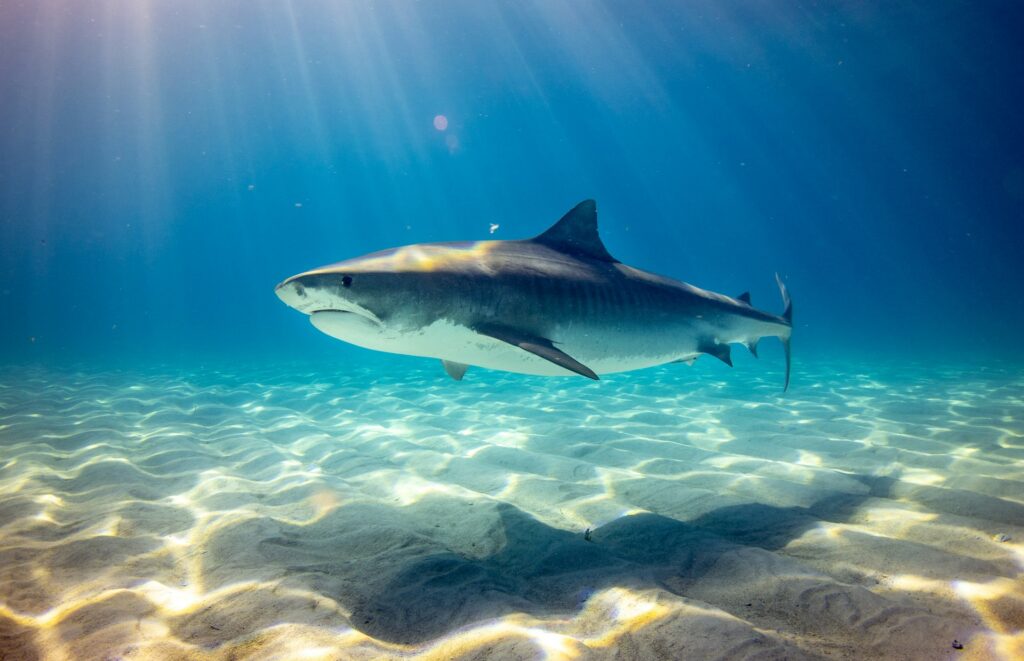
Unlike humans, sharks can detect the faint electric fields produced by living organisms. Special sensory pores around their snouts, called ampullae of Lorenzini, allow them to sense muscle contractions and heartbeats. This helps them find prey buried in sand or hidden in murky waters where eyesight is limited. Some species even use this ability to navigate Earth’s magnetic fields while migrating long distances. Electroreception is one of the most advanced biological tools in the animal kingdom, giving sharks an almost supernatural ability to hunt.
3. Some Sharks Glow in the Dark
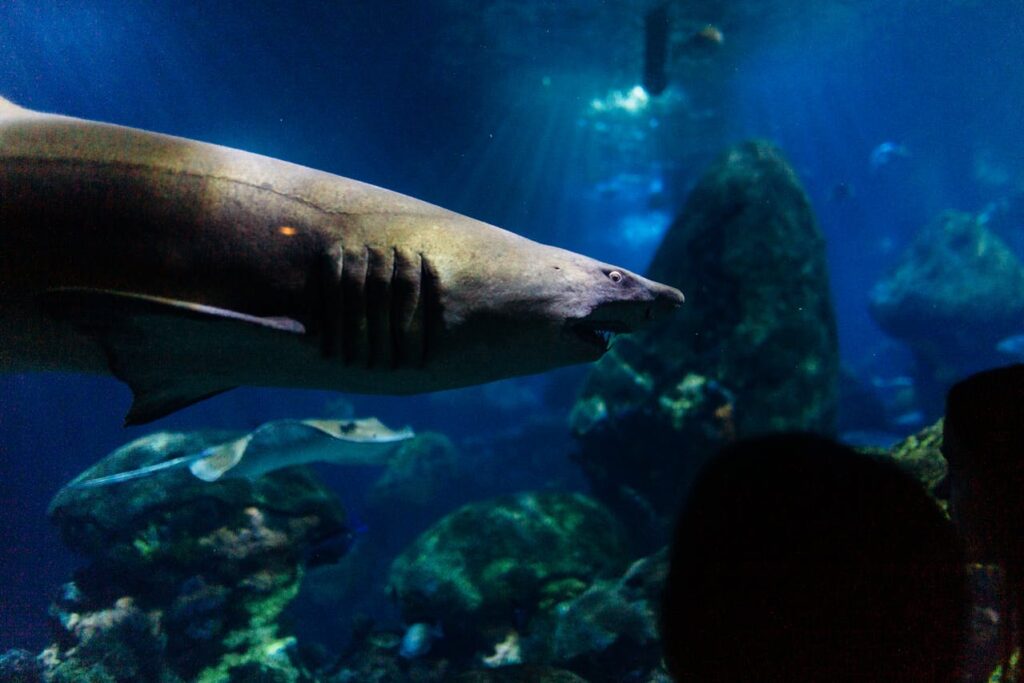
In the deep sea where sunlight cannot reach, some sharks have developed bioluminescence. Lanternsharks, for example, emit a blue-green glow along their bodies. This light can serve multiple purposes, such as camouflage from predators, signaling to other sharks, or luring smaller fish closer. The swellshark, another glowing species, can even produce a soft light that pulses across its skin. Scientists believe these glowing abilities evolved to give deep-sea sharks a survival advantage in dark environments, where sight is otherwise limited.
4. Whale Sharks Are the Largest Fish in the World

Reaching lengths of up to 40 feet or more, whale sharks hold the title of largest fish alive today. Despite their massive size, they are harmless filter feeders that eat mostly plankton, krill, and small fish. They swim slowly through tropical oceans, filtering water through their wide mouths. Divers often describe encounters with whale sharks as calm and almost otherworldly. These gentle giants also play an important role in ecosystems by moving nutrients across large distances as they migrate.
5. Sharks Continuously Regrow Their Teeth
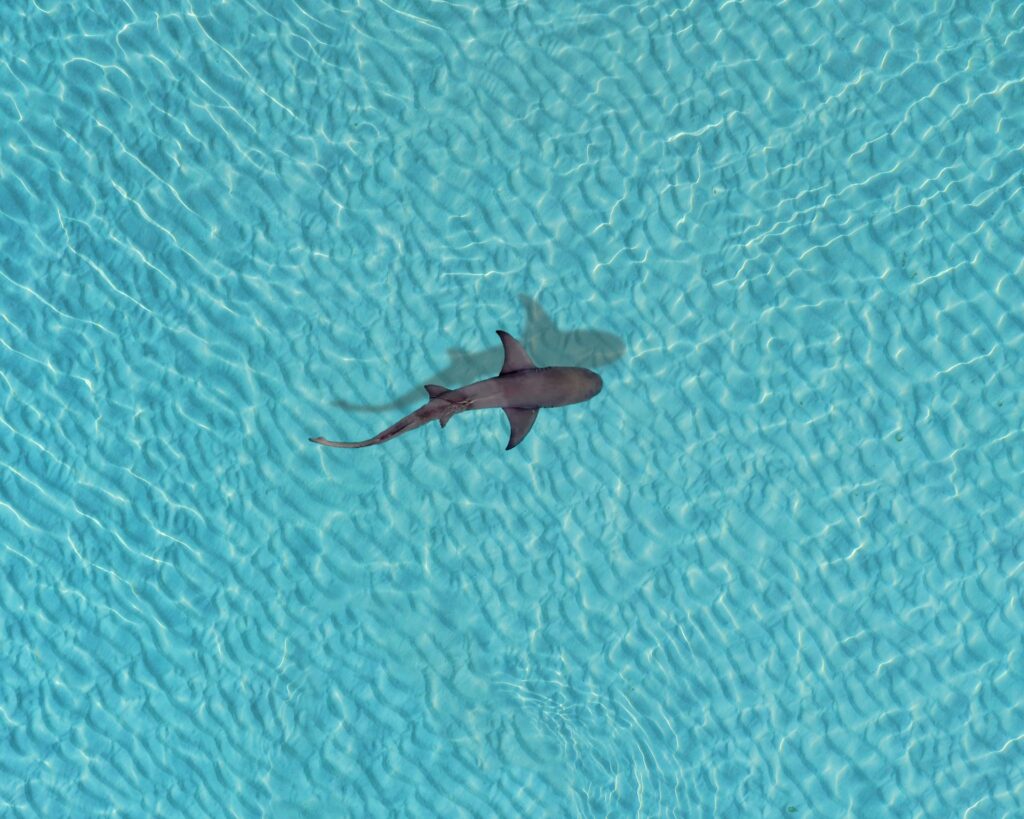
Unlike humans, who have only two sets of teeth, sharks grow new teeth throughout their lives. They have multiple rows inside their mouths, and when one tooth falls out, another quickly replaces it. Some sharks can lose and regrow as many as 35,000 teeth over a lifetime. This constant renewal ensures they never face a shortage of sharp tools for hunting. For species like the great white, this adaptation is essential, since their powerful bites are central to their survival.
6. Some Species Can Live for Centuries
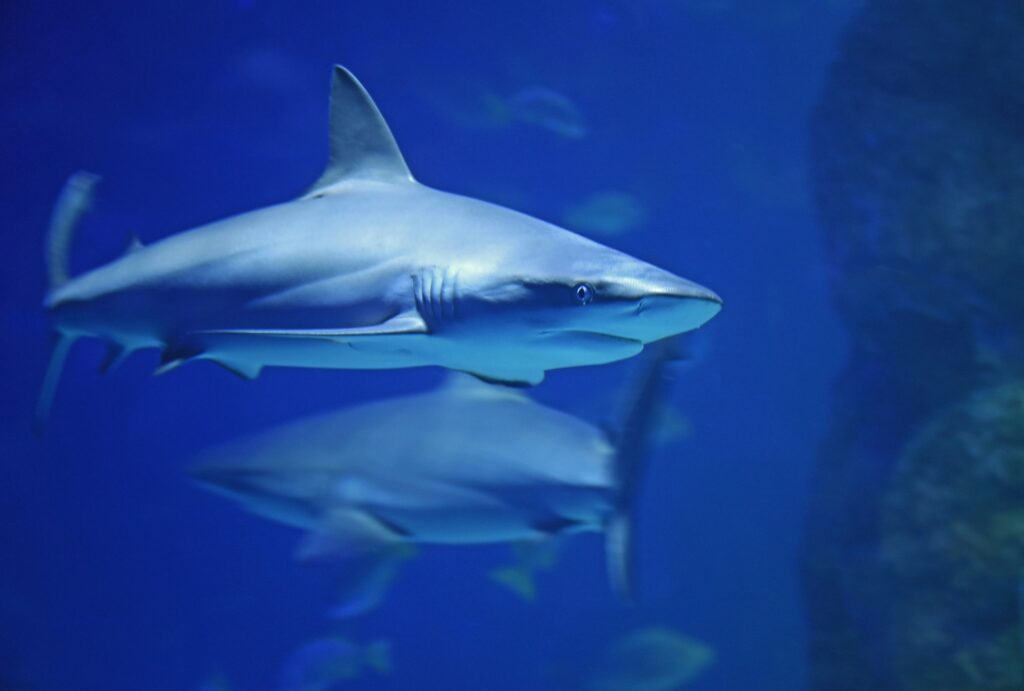
The Greenland shark is one of the most mysterious species in the ocean. It grows very slowly, sometimes only an inch a year, and inhabits the cold waters of the Arctic. Studies suggest that these sharks can live for over 400 years, making them the longest-living vertebrates known. Their slow metabolism and frigid environment contribute to this astonishing lifespan. Few creatures on Earth demonstrate such patience in survival, and Greenland sharks continue to fascinate scientists seeking to understand longevity.
7. Sharks Do Not Have Bones
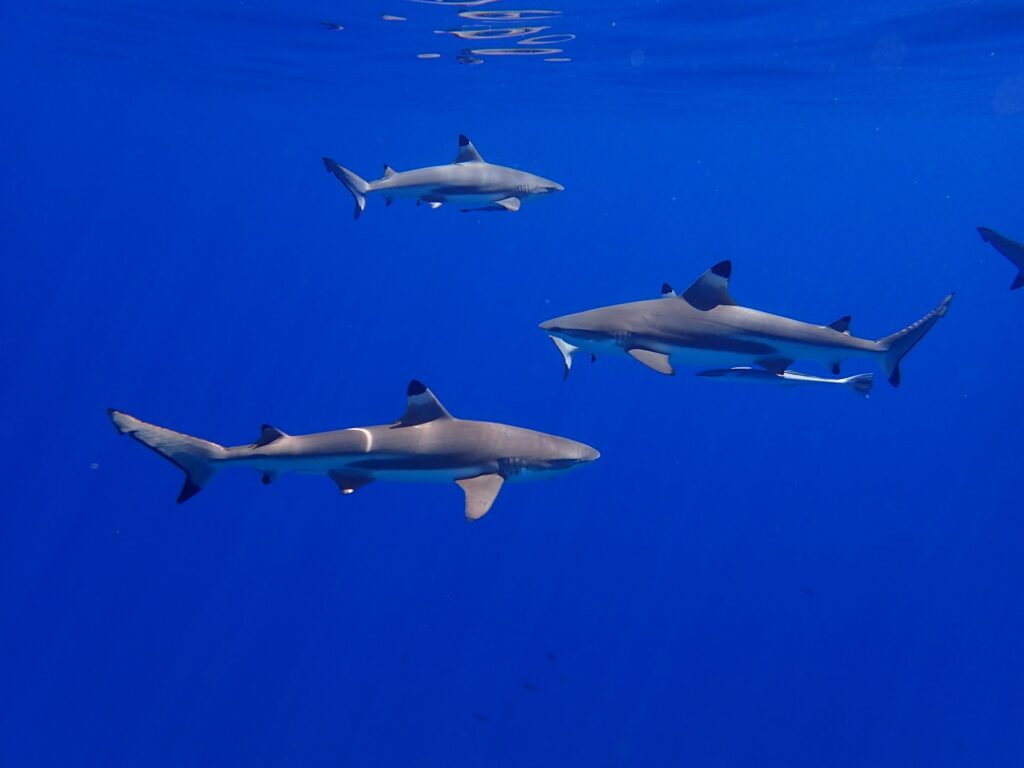
Instead of bony skeletons, sharks are supported by cartilage, which is lighter and more flexible than bone. This gives them buoyancy and allows them to swim quickly with less energy. Cartilage also provides flexibility that helps with sharp turns and sudden bursts of speed when chasing prey. While bones fossilize easily, shark skeletons rarely survive in the fossil record, which is why most shark fossils are teeth. This difference in body structure is one reason sharks have thrived in water for so long.
8. They Play a Vital Role in Marine Ecosystems

Sharks are apex predators, meaning they help regulate the populations of other species. By hunting sick, weak, or excess animals, they maintain balance within food webs. Without sharks, certain fish and marine mammals could multiply unchecked, damaging coral reefs and depleting smaller prey. This cascading effect has been seen in places where shark populations declined. Healthy oceans often include healthy shark populations, showing how essential these predators are to the stability of marine environments worldwide.
9. Some Sharks Can Reproduce Without Males
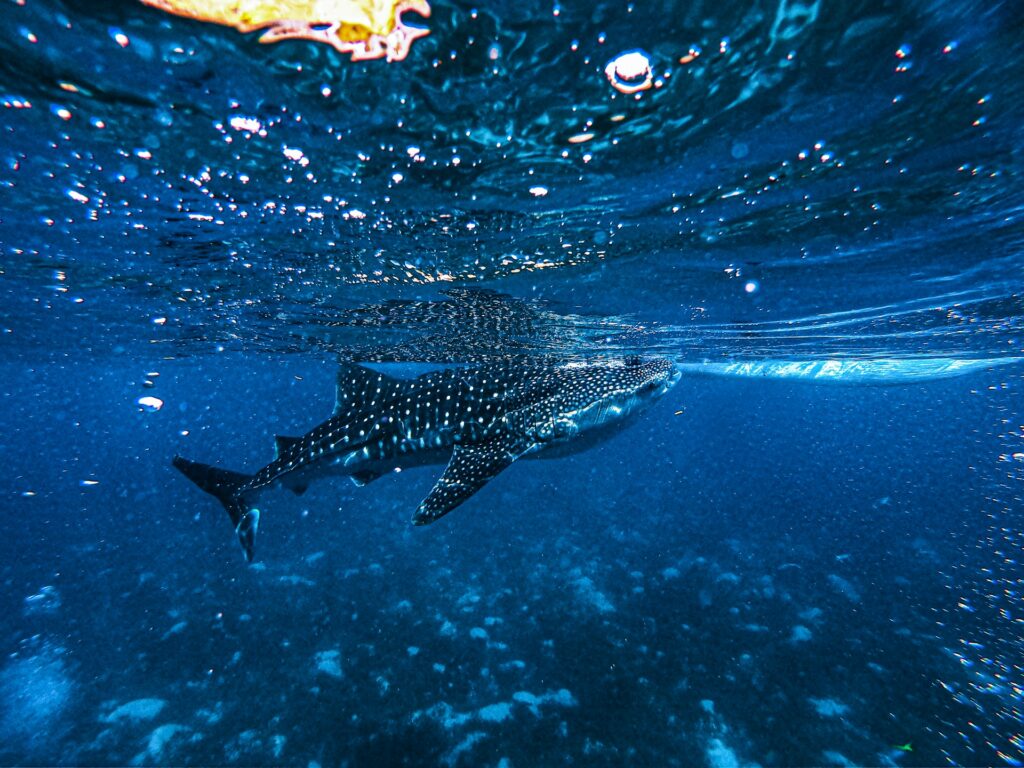
A remarkable process called parthenogenesis allows some female sharks to reproduce without mating. In this case, the female produces embryos from her own genetic material, creating offspring without any contribution from a male. Although less common than normal reproduction, this ability can be crucial for survival when males are not nearby. Species such as bonnethead sharks have demonstrated this unique form of reproduction. It highlights just how versatile sharks are in ensuring the continuation of their species.
10. Sharks Have an Excellent Sense of Smell
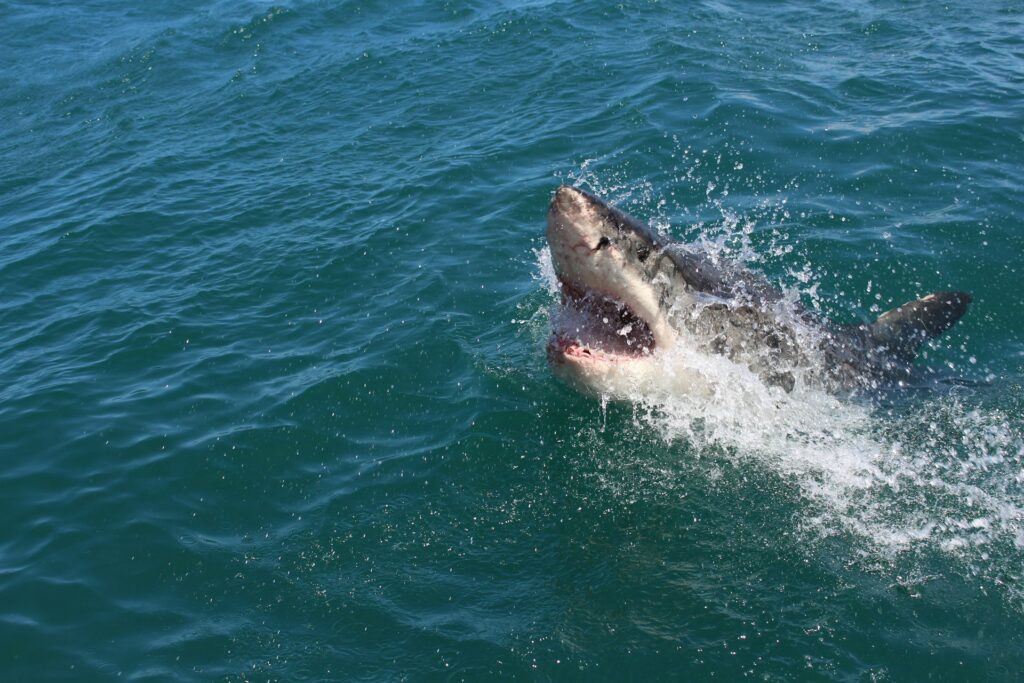
Sharks are often described as having a “nose for blood,” and this is no exaggeration. Their nostrils, called nares, are lined with cells that detect chemical traces in the water. Some sharks can detect blood at concentrations as low as one part per million, which means they can sense it from miles away. This acute sense of smell is especially useful in tracking injured prey. Combined with other senses, it makes sharks powerful hunters in any environment.
11. Hammerhead Sharks Have 360-Degree Vision

The hammer-shaped head of hammerhead sharks may look unusual, but it gives them a major advantage. With eyes set wide apart on either side, hammerheads can see nearly all around them at once. This panoramic vision allows them to spot prey and threats from multiple directions. Their broad head also improves sensory detection by spreading out the electroreception pores across a larger surface. Far from being a strange accident of evolution, the hammer-shaped head is a brilliant design for survival.
12. Sharks Sleep Differently Than Humans
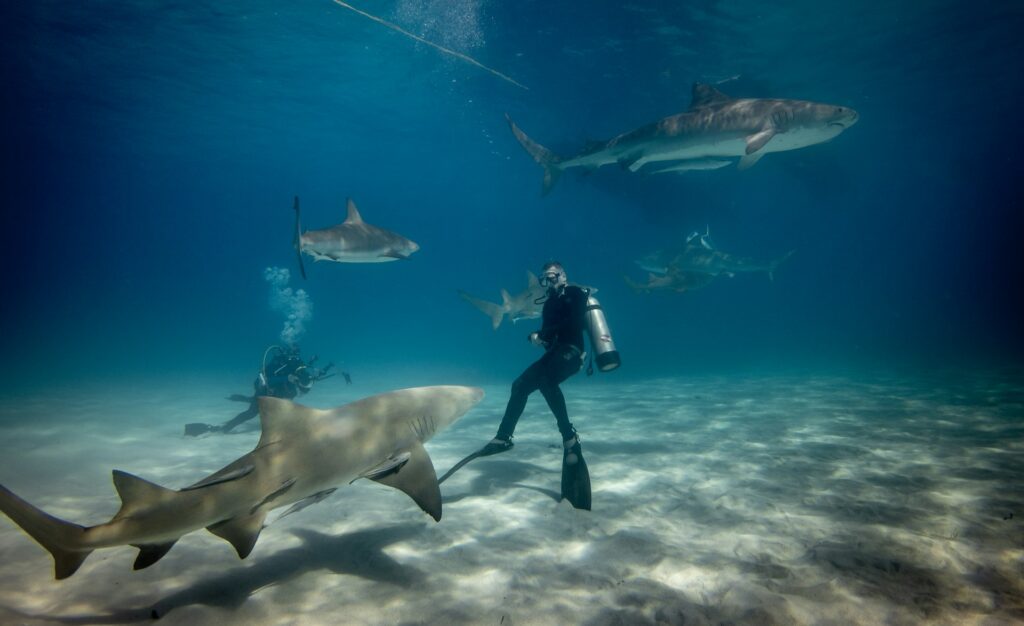
Sharks do not fall into deep sleep like mammals. Instead, they rest in a semi-alert state where some brain functions slow down while others remain active. For species that need to swim constantly to breathe, this rest happens while they continue moving slowly. Others can settle on the ocean floor while pumping water over their gills. Their unique way of resting ensures they remain aware of danger, showing how evolution has balanced the need for rest with survival.
13. The Smallest Shark Could Fit in Your Hand
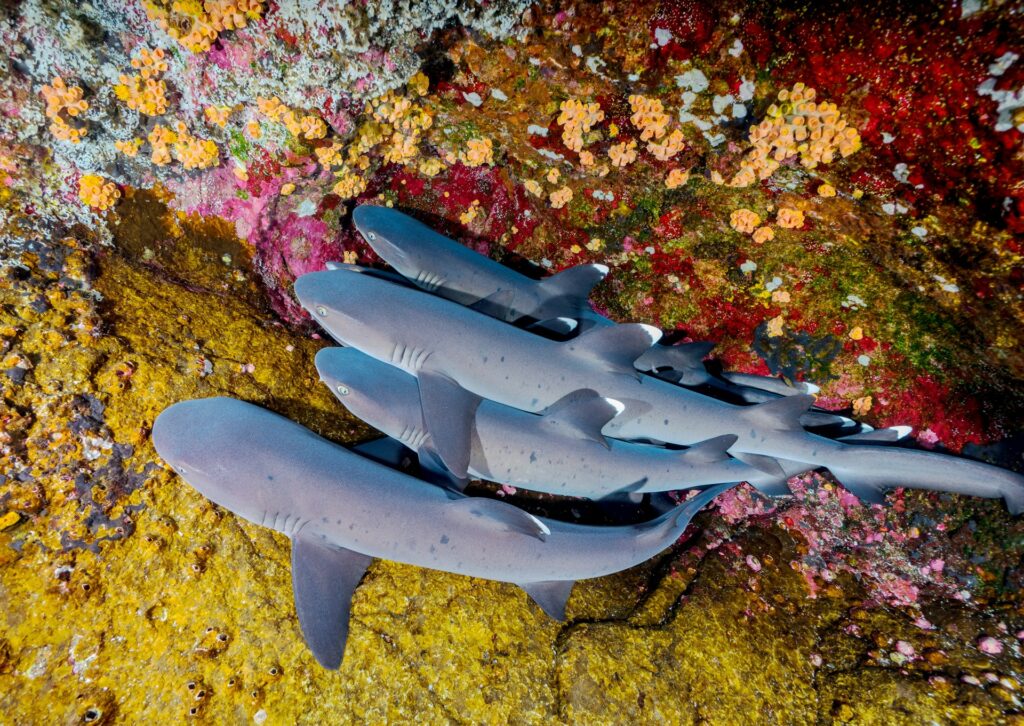
While some sharks grow massive, others remain tiny throughout their lives. The dwarf lanternshark, found in deep Caribbean waters, measures only about 7 inches long. Despite its size, it has bioluminescent organs that glow, helping it blend in with faint sunlight filtering from above. This camouflage protects it from predators while it hunts small crustaceans. Its existence highlights the diversity of sharks, proving they are not all large predators but come in many forms and sizes.
14. Sharks Can Travel Great Distances
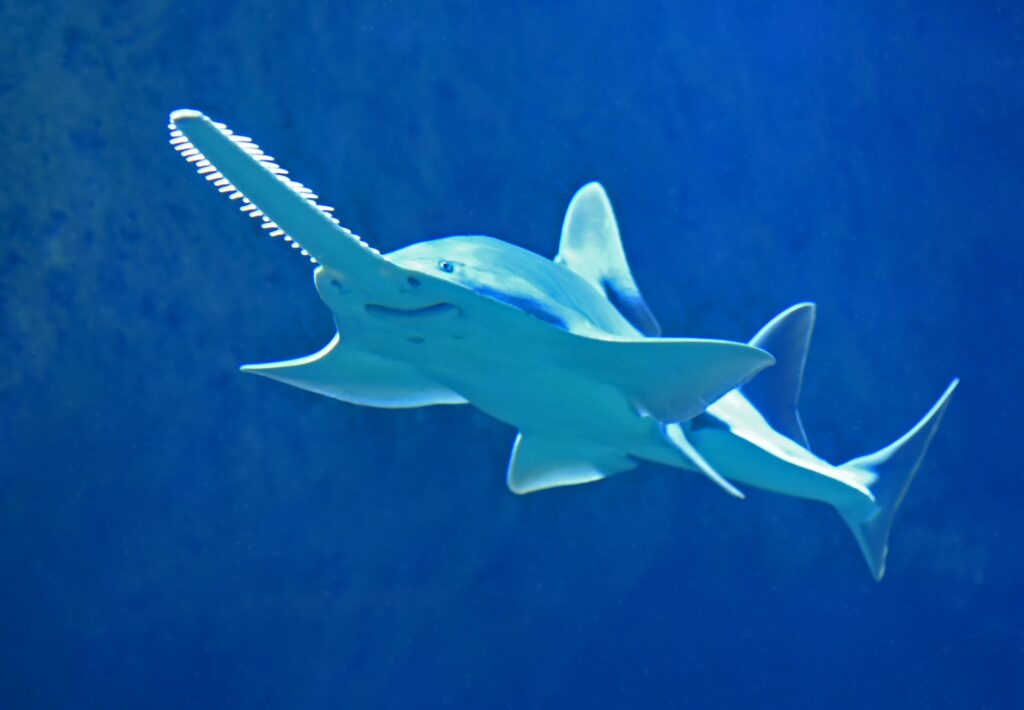
Many shark species are migratory, covering thousands of miles across oceans during their lifetimes. Great white sharks, for example, have been tracked moving from South Africa to Australia and back again. Whale sharks also migrate seasonally, following plankton blooms. These long-distance journeys help distribute nutrients across ecosystems and support breeding cycles. Such migrations also reveal how connected different oceans are, with sharks acting as travelers that link distant parts of the marine world.
15. Sharks Are More at Risk from Humans Than We Are from Them
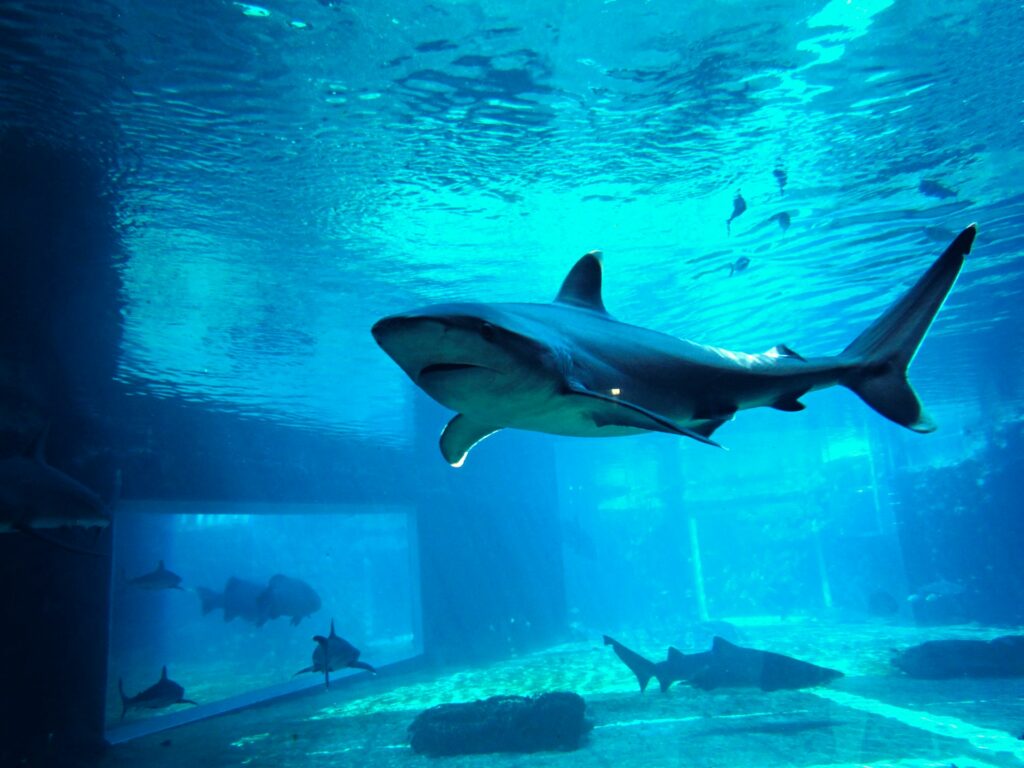
While movies often portray sharks as dangerous, the reality is that humans pose a far greater threat. Millions of sharks are killed each year for their fins, meat, and liver oil, or as bycatch in fishing nets. Habitat destruction and pollution add to the pressure on their populations. In contrast, shark attacks on humans are extremely rare, with only a handful of fatalities worldwide each year. Protecting sharks is critical, not only for their survival but also for the health of ocean ecosystems.
Animals Worth Protecting
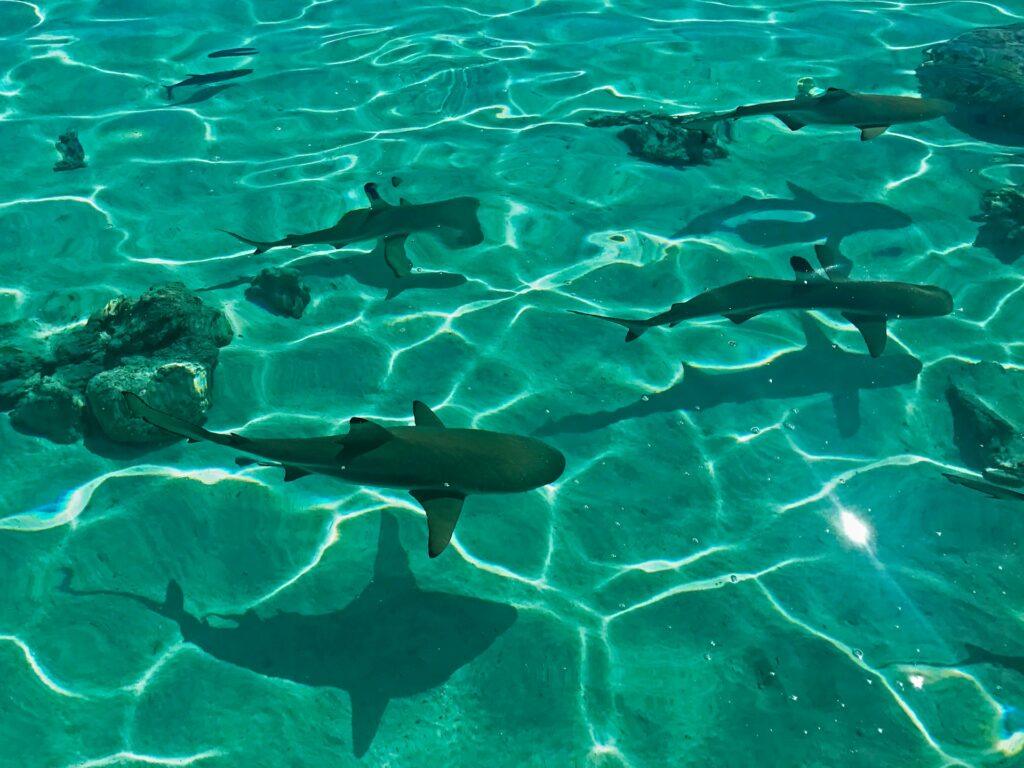
Sharks are not simply predators but complex creatures with remarkable traits that have allowed them to survive for hundreds of millions of years. From glowing in the dark to living for centuries, their diversity and resilience are astonishing. They play essential roles in ecosystems and show adaptations that continue to amaze scientists. Understanding these facts is the first step toward appreciating sharks not as monsters, but as vital and extraordinary animals worth protecting.
Disclaimer: This article was created with AI assistance and edited by a human for accuracy and clarity.
